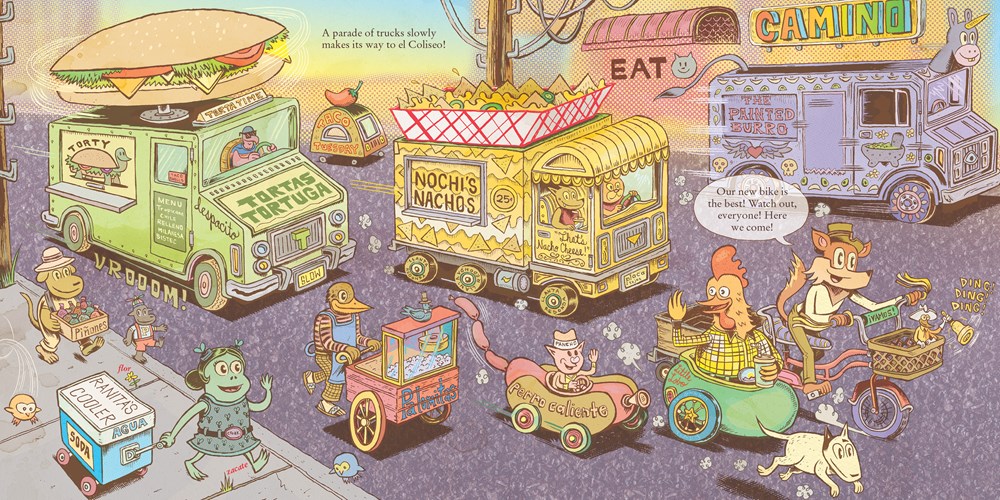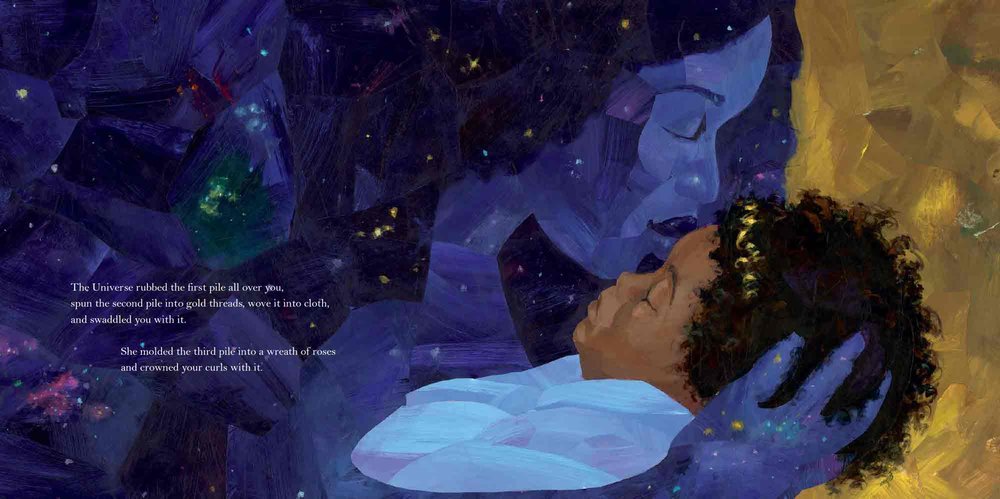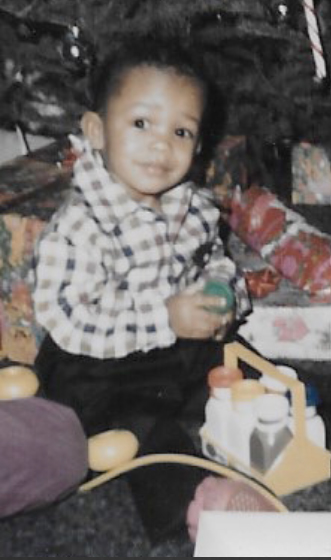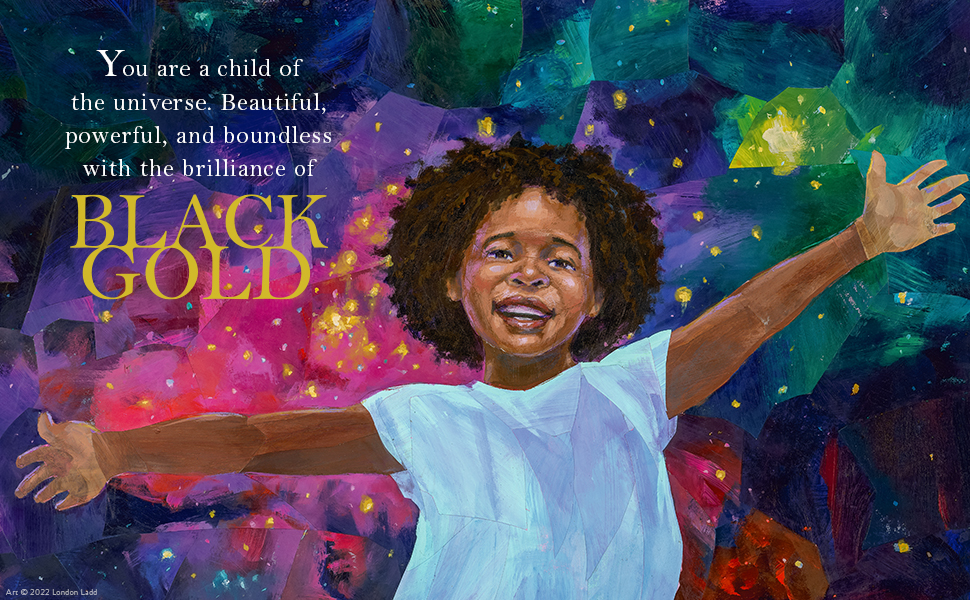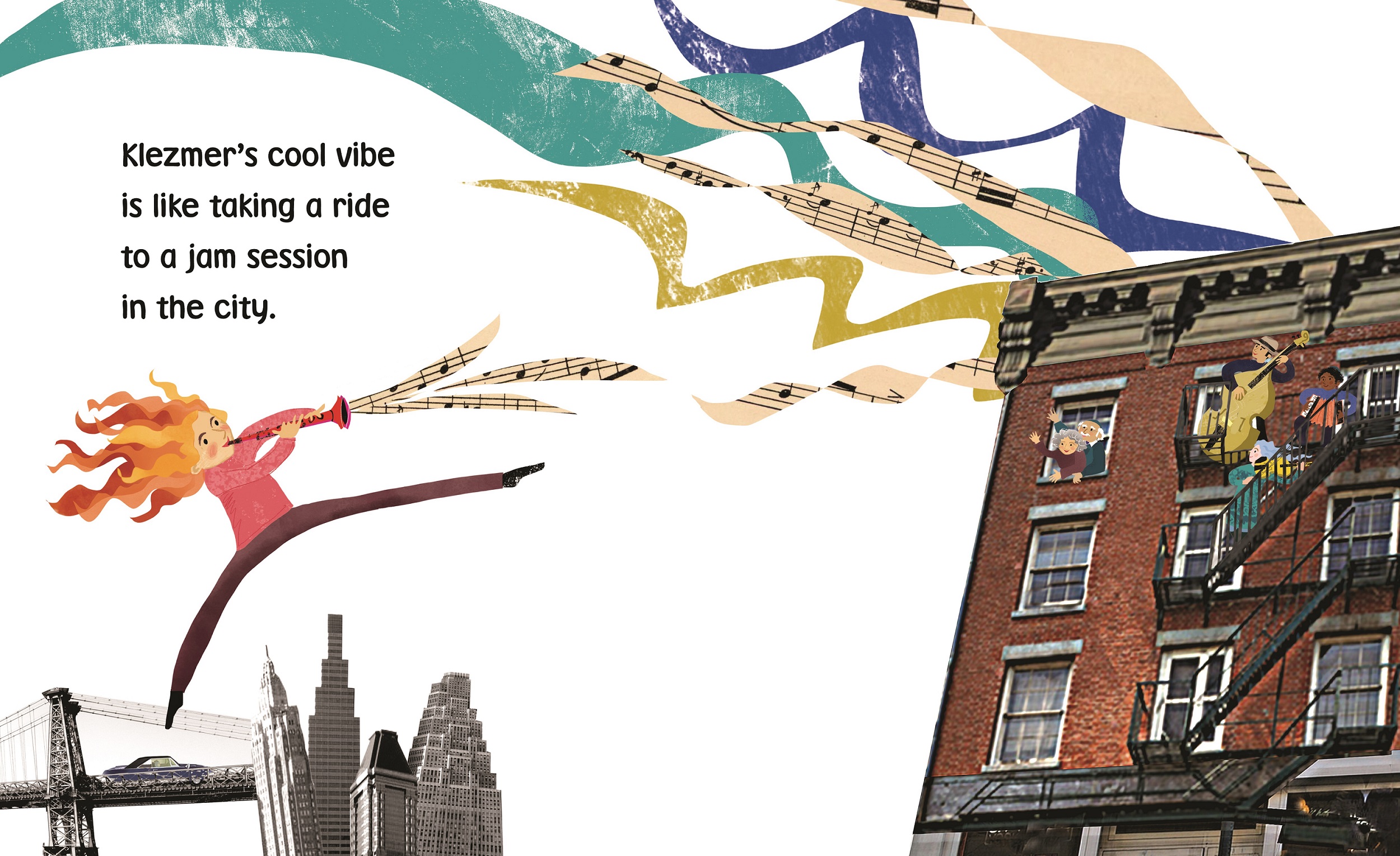–
I wasn’t sure what to expect when I first met Raul Gonzalez, AKA, Raul the Third, at the Rochester Children’s Book Festival in November of 2022. I was aware of his books, knew he was riding high with a steady stream of successes (Stuntboy by Jason Reynolds had just come out), and I knew that his work was cool and contemporary. Yet that was pretty much all that I knew about him. That first night in Rochester, a small group of us gathered for dinner in a fine restaurant, graciously hosted by several of the RCBF organizers, led that night by the unsinkable Linda Sue Park. I came away from that evening, and the entire weekend, hugely impressed by Raul’s gentleness, humility, warmth, intelligence, and humor. Nothing phony about him. Just a cool guy. And, best of all, I am happy to announce: a friend.
1. Hey, Raul. Where did you grow up?
I grew up in El Paso, TX and Juarez, MX in the late 70s, 80s and 90s. I really enjoyed growing up there. I spent the first twelve years of my life living with my parents and two brothers in an apartment complex where we would run wild with other kids causing all sorts of trouble. We also spent a lot of time in Juarez. My Mom’s side of the family lived and worked there and we had a great time playing with cousins at the Mercado Cuahtemoc and the house on Avenida Lincoln. It was an adventure-filled childhood!
–
–
2. You knew you wanted to be “famous” — whatever that means — at an early age. Where do you think that feeling came from? A desire to escape your surroundings? An inner sense of being destined for something bigger?
I wanted to be a famous cartoonist –- whatever that means –- just like the artists whose names I memorized and idolized whenever I would read them from the 75 cent floppies I would pick up from the spinner rack at the 7-11. By the time I became enthralled with comic book art and cartooning I was a teenager and life was not going very well for me. I was a terrible student, a ball of nervous anxiety, and the only escape I had from my surroundings I found in comic books and the process of trying to figure out how to draw them. I was also becoming aware that I hated all of the jobs that would be available to me if I didn’t become a “famous cartoonist” so it became my goal and what I strived to do with my life. It definitely lead to a lot of interesting adventures!
3. I had the pleasure of actually hanging out with you at the 2022 Rochester Children’s Book Festival, eating dinner beside you, drinking beer, swapping stories, even driving you around in my car. At one point you made a comment that helped me make a connection between Richard Scarry and your VAMOS! series. I was like, “Oh, yes, I see it now!” Could you expand on that a bit?
–
–
Ah, yes! That was a fun evening of slurping down oysters and drinking cervezas with my new pal James Preller! Before I began the World Of Vamos! series (I can’t believe that I’m working on book 10!), I was drawing the Lowrider series written by my friend and writer Cathy Camper. That series had opened a lot of doors for me and I met many interesting people along the way. Two of which would set me off on a new creative adventure! So I was sitting around my house minding my own business when I received a call from Arielle Eckstut who is a co-founder of the Book Doctors and Kwame Alexander’s agent. She wanted me to know that Kwame was starting his own imprint at Houghton-Mifflin Harcourt and that they wanted me to be a part of it. At that point I had never professionally written a book but Arielle was convinced that I would do a great job and that the book should be a picture book. I had never worked on a picture book before but it was something that I wanted to do. She then suggested that I make the book “Like Richard Scarry but on the border!”
. . . and that I had one week to come up with a pitch. A few days later I shared my pitch and a few sample drawings that I created with my wife Elaine Bay and we were off and running!
–
4) You did an astonishing job on the first Jason Reynolds Stuntboy book (and presumably the sequel, which is coming soon). It’s sort of a hybrid between a graphic novel and a richly illustrated novel. There’s a surprise on every spread. Could you maybe tell us about how that process worked for you?
–
–
It has been an honor to collaborate with Jason Reynolds on the Stuntboy books. Jason called me up one day and asked if I could recommend a cartoonist of color to work with him on a top-secret project. Of course I recommended myself! He sent me a couple of chapters and a few hours later I had sent him back character designs and a few page layouts. It has been a wonderful experience.
 I believe that I drew the first book in under two months. I just let Jason’s words guide my drawings. When you don’t have a lot of time to work on a project you let intuition guide you. I enjoyed not having the time to second guess myself and I think that the heartfelt immediacy of the drawings adds an extra level of realism that I am very proud of.
I believe that I drew the first book in under two months. I just let Jason’s words guide my drawings. When you don’t have a lot of time to work on a project you let intuition guide you. I enjoyed not having the time to second guess myself and I think that the heartfelt immediacy of the drawings adds an extra level of realism that I am very proud of.
–
–
5) I love that answer. I often think that tight deadlines can be a positive force creatively, like shopping for gifts on Christmas Eve, exactly for the reasons you articulate so well. You do the best possible work you can at the time and move on. It must be especially meaningful for you to return to Texas and visit with young Mexican-American students, those same kids who used to be you. What is your message to them?
–

Raul uses Bic pens to create his illustrations for the Lowriders graphic novels. That’s it, folks. Just Bic pens.
It is such a thrill to speak to kids with similar origins as my own. I love that I can make them laugh in the language that their relatives speak. I just want them to know that they can become anything they dream of. I want them to know that their experiences and origins are unique and important and that they should share them with the world and not shy away from them. I hope that my books bring comfort and pride to the kids and parents who flip through their pages. I love what I do and I can’t wait to meet the young artists I encounter on the road as adults artists making their books for the world to read. Good times lay ahead!
–
–

 JAMES PRELLER is the author of many books for young readers, including Bystander, Blood Mountain, Six Innings, All Welcome Here, and the popular Jigsaw Jones mystery series. Look for the first book in his strange & mysterious middle-grade series, EXIT 13: The Whispering Pines, available in stores in February 7th, 2023.
JAMES PRELLER is the author of many books for young readers, including Bystander, Blood Mountain, Six Innings, All Welcome Here, and the popular Jigsaw Jones mystery series. Look for the first book in his strange & mysterious middle-grade series, EXIT 13: The Whispering Pines, available in stores in February 7th, 2023.






